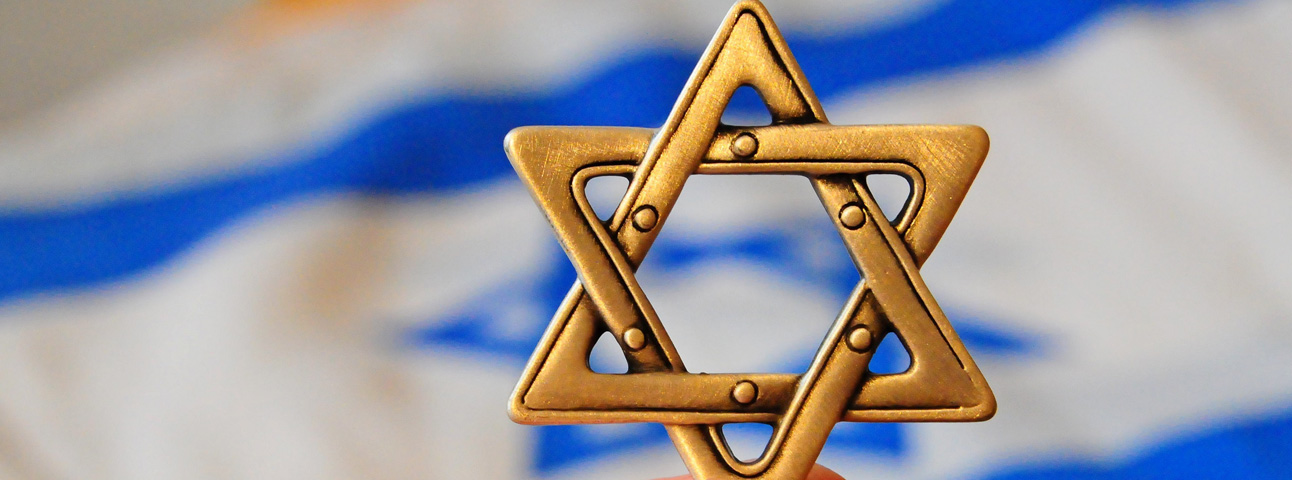In the Footsteps of Ruth
Conversion in Israel must follow the example of Ruth so that we can extend our open arms to those seeking to join

In the Book of Ruth that we read on Shavuot, we are presented with two models of relationships and of farewells. The first model is Ruth, who follows in the footsteps of her mother-in-law Naomi, despite Naomi's attempts to dissuade her. The second model is Orpah, who returns to her birthplace, turning her back on the life she had adopted with Naomi’s family. The Book of Ruth is not critical of Orpah's choice. However, the Sages view her as a sinner, also claiming that she is the great grandmother of Goliath the Philistine. This is the same Goliath who, three generations later, will be defeated in battle by King David, the great grandson of Ruth the Moabite.
Many generations later, we too are faced with the choice of which model we would like to emulate – extending our open arms, or turning our back. Today, the equivalent of making the journey from Moab to Bethlehem applies to approximately half a million immigrants eligible to move to Israel under the Law of Return who are descended from Jews – zera Yisrael - but are not halakhically Jewish, as well as partners of Israelis whom they met all over the world at universities, while traveling, or working abroad as emissaries of the State of Israel. All of these people are here to stay, and we must choose: Do we act as Ruth or as Orpah? Do we open our hearts to them and to the journey they have made, or do we turn our backs on them and their family roots?
The Ministerial Committee for Legislations recently approved the new blueprint for conversion proposed by the Ministry of Religious Services. This is an important step forward towards adopting Ruth’s model, it is not enough. If the new conversion law is passed, the authority to perform conversions in the State of Israel would be extended to include municipal rabbis. Converts will be able to choose which religious court will perform their conversion. All these courts are under the supervision of the Chief Rabbinate, but many of them have adopted the model of Ruth.
As seen in the Book of Ruth, conversion is a journey towards belonging, towards acceptance into a community and one in which an individual casts his or her lot with the lot of others. The new conversion plan relates to three levels of identity and belonging –national, local, and individual On the face of it, the new municipal conversion courts that will be set up, transfer power from the national to the local-municipal level.
Until now, conversions were only recognized when performed under the auspices of the Chief Rabbinate (except for those performed by private ultra-Orthodox conversions, and in certain cases by the Giyur KeHalakha religious courts). This move is consistent with the general trend of transferring services and responsibility from central to local authorities. However, the regional ‘registration areas’ are open to all. Potential converts will no longer be restricted to converting under the auspices of the religious court in their place of residence or to its municipal Rabbi, and will instead be able to choose any recognized religious court throughout the country.
The new conversion plan is one more step toward the individual level of identity, allowing each person to choose the Rabbi to perform the conversion and then to decide which community to join. This follows the model set forth by Ruth who by making a personal and individual decision, chose to join Naomi as a member of her people and her faith. At the end of the day, this is a true manifestation of a union between an individual and a nation. On one hand a sincere pledge of allegiance by the individual to the nation and its traditions, and at the same time an openness and welcomeness guided by comradeship and true affection on behalf of the nation for those seeking to join them. May this be the experience of all those today in Israel who seek to follow in the footsteps of Ruth.
The article was published in the Times of Israel.
